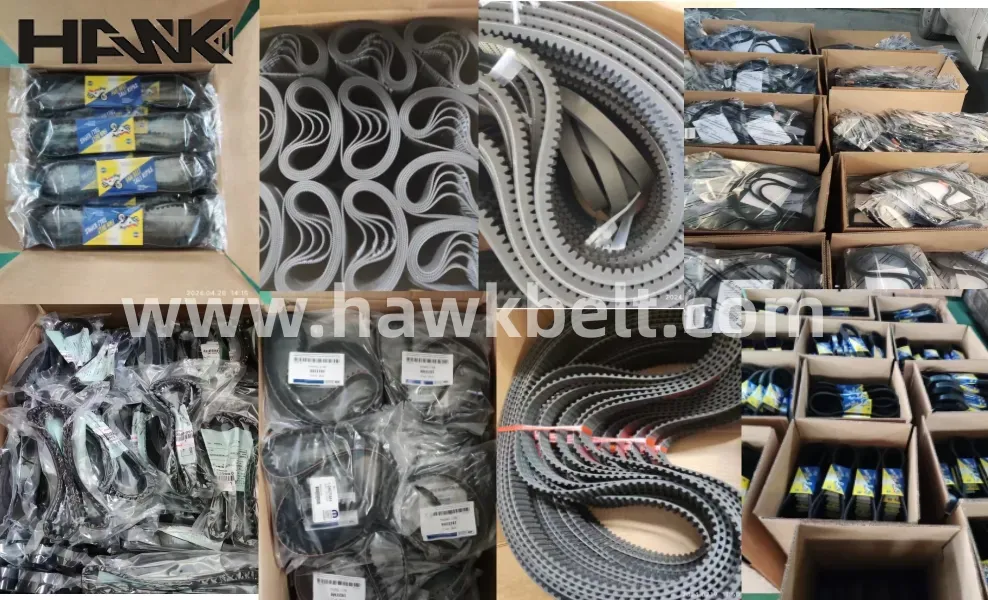- Arabic
- French
- Russian
- Spanish
- Portuguese
- Turkish
- Armenian
- English
- Albanian
- Amharic
- Azerbaijani
- Basque
- Belarusian
- Bengali
- Bosnian
- Bulgarian
- Catalan
- Cebuano
- Corsican
- Croatian
- Czech
- Danish
- Dutch
- Afrikaans
- Esperanto
- Estonian
- Finnish
- Frisian
- Galician
- Georgian
- German
- Greek
- Gujarati
- Haitian Creole
- hausa
- hawaiian
- Hebrew
- Hindi
- Miao
- Hungarian
- Icelandic
- igbo
- Indonesian
- irish
- Italian
- Japanese
- Javanese
- Kannada
- kazakh
- Khmer
- Rwandese
- Korean
- Kurdish
- Kyrgyz
- Lao
- Latin
- Latvian
- Lithuanian
- Luxembourgish
- Macedonian
- Malgashi
- Malay
- Malayalam
- Maltese
- Maori
- Marathi
- Mongolian
- Myanmar
- Nepali
- Norwegian
- Norwegian
- Occitan
- Pashto
- Persian
- Polish
- Punjabi
- Romanian
- Samoan
- Scottish Gaelic
- Serbian
- Sesotho
- Shona
- Sindhi
- Sinhala
- Slovak
- Slovenian
- Somali
- Sundanese
- Swahili
- Swedish
- Tagalog
- Tajik
- Tamil
- Tatar
- Telugu
- Thai
- Turkmen
- Ukrainian
- Urdu
- Uighur
- Uzbek
- Vietnamese
- Welsh
- Bantu
- Yiddish
- Yoruba
- Zulu
Oct . 20, 2024 19:42 Back to list
Comparing Flat Belts and V Belts for Optimal Power Transmission Solutions
Flat Belt vs. V-Belt An In-Depth Comparison
When it comes to mechanical power transmission, the choice of belt type can significantly affect the performance and efficiency of machinery. Two common types of belts used in various industrial applications are flat belts and V-belts. Each belt type has unique characteristics, advantages, and limitations. This article aims to provide an in-depth comparison of flat belts and V-belts, helping you understand which option might be best suited for your needs.
Design and Structure
Flat belts are typically made from flexible materials such as rubber, fabric, or leather. They feature a simple, flat design, allowing them to be used over longer distances. Flat belts can be placed on parallel shafts with pulleys that have a flat surface. In contrast, V-belts, named for their trapezoidal cross-section, are designed to fit snugly into V-shaped grooves on pulleys. This design provides a greater surface area for grip, allowing for efficient power transmission even in smaller spaces.
Efficiency and Power Transmission
One of the critical differentiators between flat belts and V-belts is their efficiency in power transmission. V-belts generally have a much higher power transmission capability due to their better grip and increased friction against the pulley. The wedging effect of the V-shape allows for more efficient transfer of energy, making V-belts a popular choice for high-torque applications. In contrast, flat belts, while effective for longer distances, may slip under heavy loads unless tightly tensioned, which can limit their application in high-power environments.
Flexibility and Application Range
Flat belts excel in applications requiring flexibility and the ability to accommodate long distances between pulleys. They can run continuously over a long length, making them ideal for conveyor systems, textile machinery, and other applications that require smooth motion over extended areas. On the other hand, V-belts are more suited for short distances and high-power applications, such as in automotive engines and industrial machines, where space is limited, but power needs are substantial.
flat belt v belt

Maintenance and Longevity
Maintenance requirements differ between the two belt types. Flat belts generally require regular adjustments and tensioning to prevent slippage, particularly when used in high-load situations. They may also need to be replaced sooner if exposed to harsh operating environments. In contrast, V-belts are designed for easier installation and require less frequent tension adjustments. They tend to have a longer lifespan due to their robust design and ability to handle heavier loads with less stress on the elastic properties.
Cost Considerations
In terms of cost, flat belts are typically less expensive compared to V-belts. The manufacturing processes for flat belts can be simpler, and the materials used may also contribute to lower product costs. However, when evaluating cost, it’s essential to consider the total cost of ownership, including maintenance, efficiency, and potential downtime. While V-belts may have a higher initial cost, their efficiency and longevity can result in lower long-term operational expenses.
Conclusion
Both flat belts and V-belts have their specific uses and advantages. Flat belts are ideal for applications requiring long-distance transmission and flexibility, while V-belts can efficiently handle high power loads in a more compact design. When choosing between the two, it is crucial to evaluate your specific application needs, including power requirements, distance between shafts, maintenance capabilities, and budget constraints.
In summary, the decision to use flat belts or V-belts should be based on a careful assessment of your operational requirements. Understanding the strengths and weaknesses of each type will help you make an informed choice that enhances the efficiency and reliability of your machinery. Whether you prioritize cost, maintenance, or power transmission capabilities, this comparison serves as a guide to navigating the complexities of belt technology in industrial applications.
-
Korean Auto Parts Timing Belt 24312-37500 For Hyundai/Kia
NewsMar.07,2025
-
7PK2300 90916-T2024 RIBBED BELT POLY V BELT PK BELT
NewsMar.07,2025
-
Chinese Auto Belt Factory 310-2M-22 For BMW/Mercedes-Benz
NewsMar.07,2025
-
Chinese Auto Belt Factory 310-2M-22 For BMW/Mercedes-Benz
NewsMar.07,2025
-
90916-02660 PK Belt 6PK1680 For Toyota
NewsMar.07,2025
-
drive belt serpentine belt
NewsMar.07,2025

